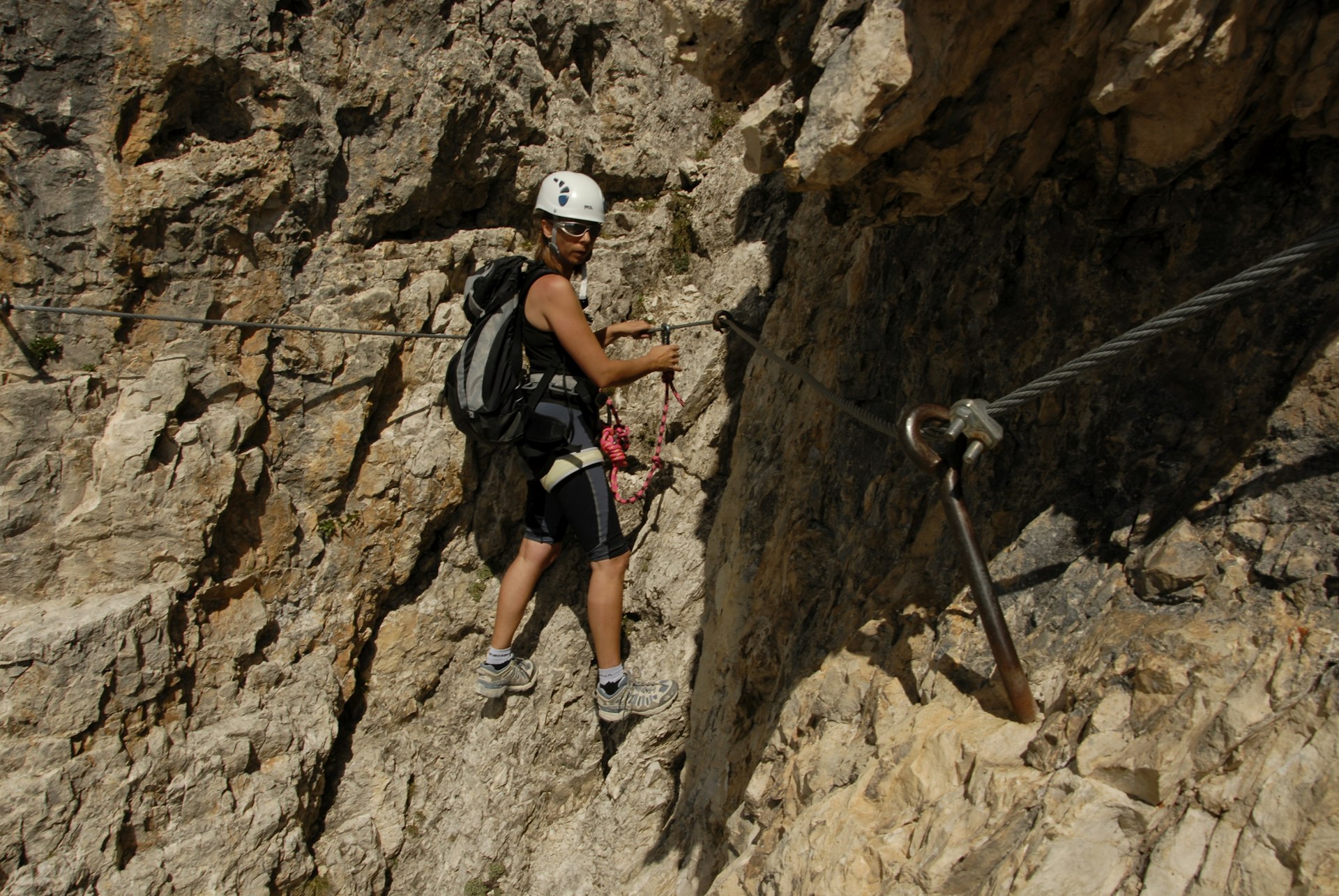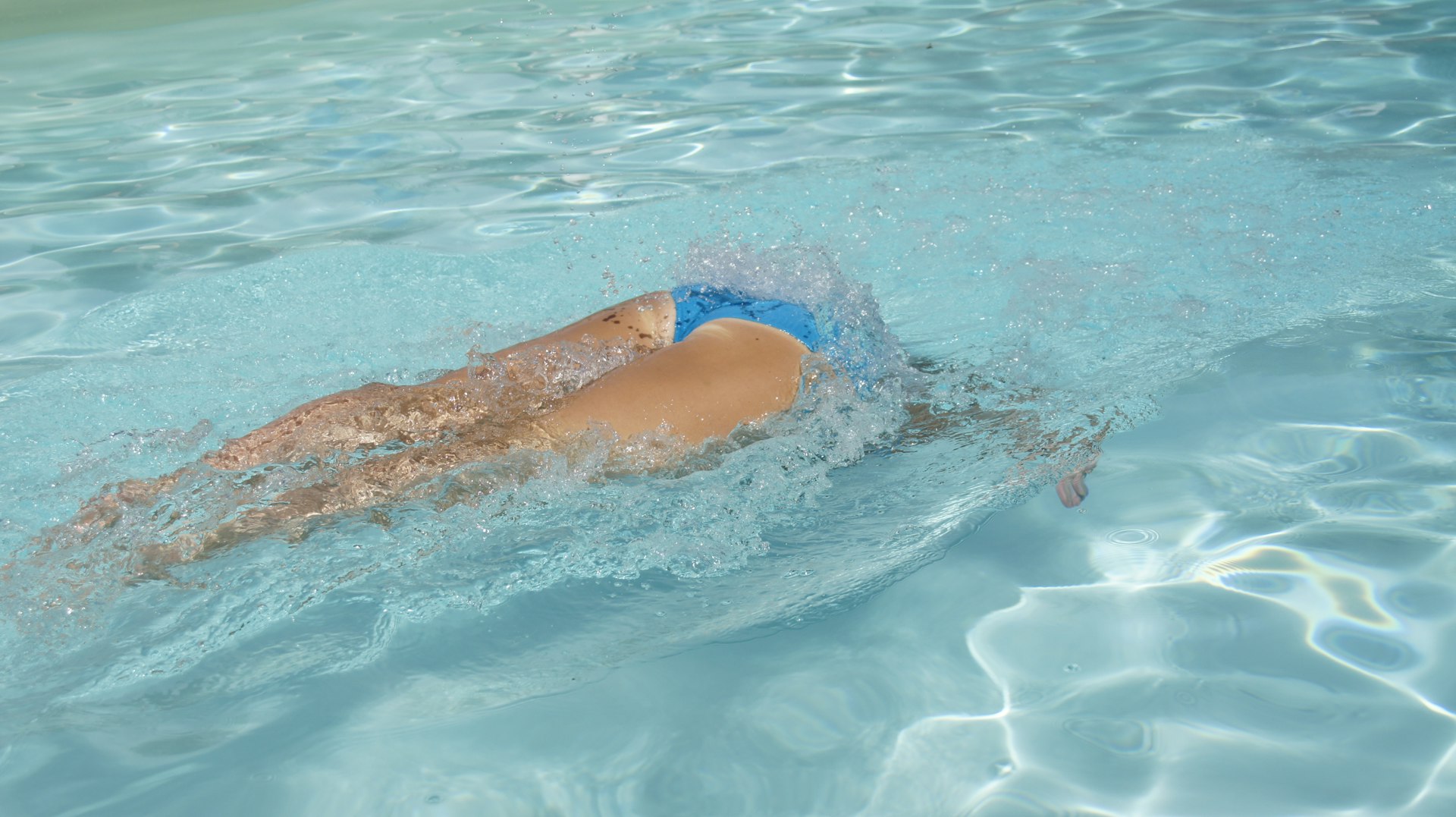Harness the Power of Breathwork for Effective Stress Management

Photo by Aakash Dhage on Unsplash
Introduction: The Science Behind Breathwork and Stress
Stress is an unavoidable part of modern life, but how we respond to it can make all the difference. Breathwork-deliberate and controlled breathing techniques-has emerged as an accessible, science-supported method for managing stress and enhancing mental and physical wellbeing. Whether you feel overwhelmed at work, anxious about daily challenges, or simply want to improve your health, learning how to control your breath can offer immediate and long-term benefits [1] .
Understanding How Breathwork Impacts Stress
Breathwork works by directly influencing the autonomic nervous system, which regulates involuntary bodily functions like heart rate and blood pressure. Stress typically activates the sympathetic nervous system-the ‘fight or flight’ response-causing rapid breathing, increased heart rate, and muscle tension. In contrast, slow, controlled breathing stimulates the parasympathetic nervous system, promoting relaxation and recovery [3] .
Research confirms that slow breathing can:
- Reduce anxiety and depression
- Lower blood pressure
- Increase heart rate variability (a marker of stress resilience)
- Improve mood and cognitive function
- Enhance creativity and sleep quality
While not a replacement for professional mental health care in severe cases, breathwork is an effective, evidence-based tool for daily stress management [1] .
Types of Breathwork Techniques for Stress Management
Several breathwork techniques are easy to learn and can be practiced anywhere. Here are some of the most widely recommended methods:
1. 4-7-8 Breathing
Developed by Dr. Andrew Weil, the 4-7-8 breathing technique is simple yet powerful. Here’s how to practice it:
- Sit comfortably with your back straight.
- Inhale quietly through your nose for a count of 4.
- Hold your breath for a count of 7.
- Exhale completely through your mouth for a count of 8.
- Repeat the cycle up to four times.
This method helps regulate your nervous system and can quickly reduce feelings of anxiety or stress. Many practitioners include it in their daily routines for ongoing benefits [2] [5] .
2. The Physiological Sigh
The physiological sigh is a technique where you take two quick inhales (the second shorter than the first), followed by a long exhale. This approach helps re-inflate collapsed air sacs in the lungs, rapidly offload excess carbon dioxide, and induce calmness. Just one to three cycles can result in noticeable stress reduction [4] .
Steps to try the physiological sigh:
- Inhale deeply through your nose.
- Take a second, shorter inhale to fill your lungs fully.
- Exhale slowly and completely through your mouth.
- Repeat as needed.
3. Mindful Belly Breathing
Also known as diaphragmatic breathing, mindful belly breathing focuses on expanding the abdomen rather than the chest. This encourages full oxygen exchange, slows the heartbeat, and stabilizes blood pressure [1] .
Real-World Examples: Breathwork in Action
Many people integrate breathwork into their daily routines to combat work-related stress, manage anxiety before public speaking, or enhance focus during academic exams. For instance, a teacher might use 4-7-8 breathing between classes to reset and regain composure, while an executive may practice mindful belly breathing before important meetings. Athletes frequently employ breathwork to improve concentration and performance under pressure [2] .

Photo by Hitomi Okushima on Unsplash
Step-by-Step Guidance: Getting Started with Breathwork
Breathwork is accessible to everyone. To begin:
- Find a quiet, comfortable space where you won’t be disturbed.
- Choose a technique (e.g., 4-7-8, physiological sigh, or belly breathing).
- Start with just a few cycles-one to three repetitions-especially if you’re new to breathwork.
- Notice how your body feels before, during, and after the exercise.
- Gradually increase the duration and frequency as you become more comfortable.
Consistency is key. Many people benefit from scheduling breathwork at the start or end of the day, or using it as a quick reset during stressful moments. If you wish to make it a habit, consider setting reminders or pairing breathwork with existing routines (such as before meals or bedtime) [5] .
Potential Challenges and Solutions
Some individuals may initially find it difficult to focus on their breath, especially when feeling anxious. It’s common to experience restlessness or impatience. If this happens:
- Start with shorter sessions to build comfort and confidence.
- Practice in a supportive environment, perhaps alongside guided audio or video resources.
- Remind yourself that improvement comes with regular practice.
If you have a respiratory or cardiovascular condition, consult your healthcare provider before starting new breathing practices. Remember, breathwork is a complementary technique-not a substitute for professional medical or psychological care when needed [1] .
Alternative Approaches: Integrating Breathwork with Other Stress Management Techniques
Breathwork can be paired with meditation, progressive muscle relaxation, or gentle yoga. These combinations may enhance the stress-reducing effects and support overall wellbeing. Many health organizations and wellness centers offer group classes or online resources for guided practice. To find reputable instructors or classes, you can:
- Search for “certified breathwork instructor” or “breathwork classes near me”
- Consult your local hospital’s integrative medicine department
- Look for resources from established organizations such as the American Heart Association or academic medical centers
For those who prefer self-guided learning, many universities and health organizations provide free online tutorials and habit-building tools. Always verify the credibility of instructors and programs before enrolling.
Summary: Key Takeaways and Next Steps
Breathwork offers a practical, evidence-based means to manage stress, improve mood, and promote relaxation. By mastering simple techniques such as 4-7-8 breathing, the physiological sigh, or mindful belly breathing, you equip yourself with tools that can be used anytime, anywhere. While breathwork is safe for most people, those with health conditions should consult a provider before beginning a new regimen. For ongoing support, consider reaching out to your local hospital, community health center, or a certified breathwork instructor for group classes or personalized guidance.
References
- [1] Mount Carmel Health (2023). Benefits of Breathwork.
- [2] Andrew Weil Center for Integrative Medicine (2023). Just Breathe: Using Breathwork for Wellbeing.
- [3] Bentley, T.G.K. et al. (2023). Breathing Practices for Stress and Anxiety Reduction.
- [4] University of Wisconsin-Madison (2023). Manage stress with breathing techniques.
- [5] American Heart Association (2023). Breathing Brings Benefits Infographic.
MORE FROM visa4visit.com













